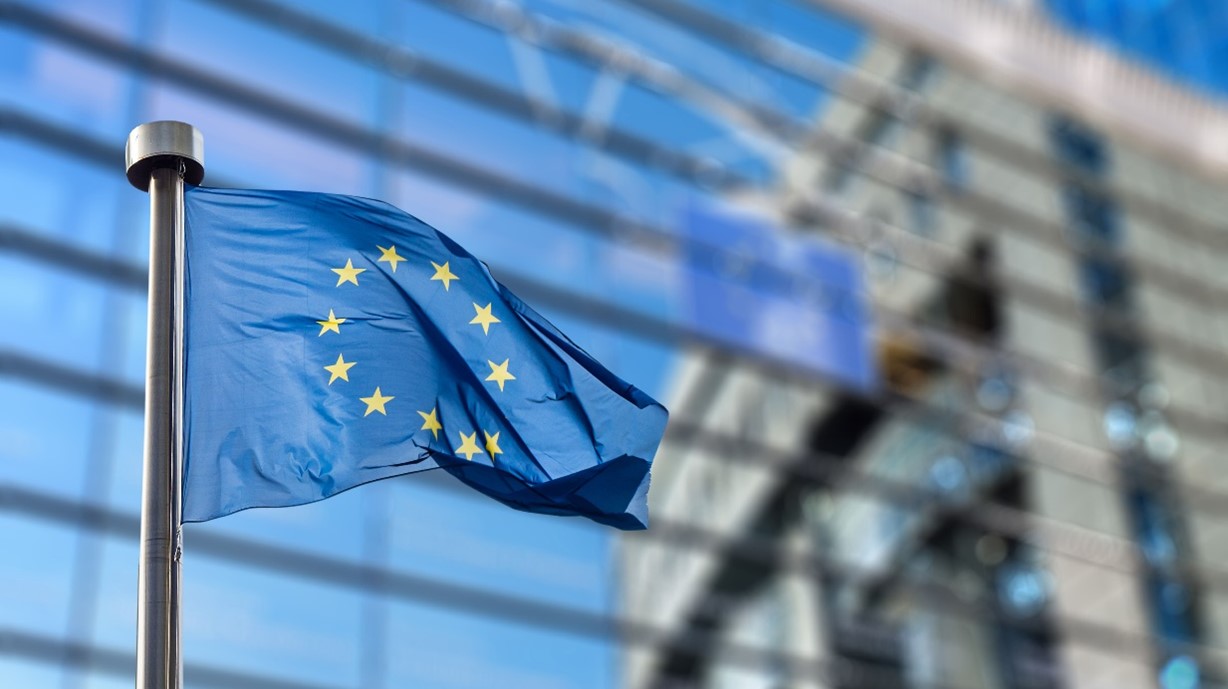
The European Union’s Medical Device Regulation (EU MDR), which fully came into effect in May 2021, marked a significant shift in the regulatory landscape for medical devices. This comprehensive set of regulations has intensified the requirements for medical device manufacturers, importers, and distributors, necessitating a deeper understanding and rigorous compliance strategies. The EU MDR’s primary aim is to ensure a high level of protection for human health and safety and to establish a robust and transparent regulatory framework. Achieving compliance is no small feat; it demands expertise, dedicated training, strategic consultation, and the implementation of sophisticated quality systems. Patrick John Gora delves into these critical areas, highlighting the importance of each and providing insights on navigating the complexities of the EU MDR.
The Crucial Need for EU MDR Expertise
The EU MDR encompasses a wide range of devices, from simple bandages to the most advanced diagnostic equipment and wearable health technology. Its stringent requirements include detailed documentation, clinical evidence, and post-market surveillance, among others. Patrick John Gora emphasizes that professionals with EU MDR expertise are essential for navigating this regulatory maze. They possess an in-depth understanding of the regulation’s scope, its impact on the medical device industry, and the specific compliance pathways for different types of devices. Patrick Gora explains that their knowledge extends to interpreting legislative nuances, which is invaluable for companies striving to align their products and processes with EU standards.
The Role of Training in Achieving Compliance
Training is a cornerstone of achieving and maintaining EU MDR compliance. It equips manufacturers, their employees, and stakeholders with the necessary knowledge and skills to understand and implement the regulation’s requirements. Effective training programs cover a broad spectrum, from introductory courses on the basics of the EU MDR to advanced sessions focusing on specific aspects such as risk management, clinical evaluation, or the role of the responsible person. Patrick John Gora emphasizes that tailored training that addresses the unique needs of a manufacturer, considering the device’s classification and intended use, can significantly enhance the efficiency and effectiveness of compliance efforts.
Strategic Consultation: Navigating the Regulatory Landscape
The complexity of the EU MDR often necessitates external consultation. Regulatory consultants offer specialized knowledge and experience, providing strategic guidance on compliance. Patrick Gora of Rochester explains that they can help identify potential hurdles in the certification process, streamline documentation, and ensure that clinical evidence meets the stringent requirements of the regulation. Moreover, consultants can assist in interpreting regulatory feedback, facilitating a more productive dialogue with authorities. Their expertise is particularly valuable during the conformity assessment process, where precise understanding and strategic planning can substantially reduce time to market.
Implementing a Robust Quality System
A cornerstone of EU MDR compliance is the establishment of a comprehensive quality management system (QMS). The QMS must be meticulously designed to cover all aspects of the regulation, ensuring continuous compliance throughout the product lifecycle. Key elements include risk management, clinical evaluation, post-market surveillance, and vigilance. Patrick Gora explains that implementing a QMS that aligns with EU MDR requirements demands a systematic approach, integrating regulatory requirements into every phase of product design, development, and distribution. Regular audits and updates are essential to adapt to regulatory changes and maintain compliance.
Challenges and Solutions
Despite the clear pathways to compliance, companies face several challenges in adapting to the EU MDR. These include the sheer volume and complexity of the required documentation, the need for detailed clinical data, and the limited availability of notified bodies authorized to conduct conformity assessments. Patrick John Gora explains that overcoming these challenges requires a proactive approach:
- Early Engagement: Companies should engage with regulatory experts and notified bodies early in the product development process. This proactive engagement can help identify potential compliance issues and streamline the certification process.
- Continuous Training: Investing in ongoing training ensures that the organization’s personnel stay abreast of regulatory developments and best practices.
- Technology and Tools: Utilizing software and tools designed for regulatory compliance can help manage documentation, track regulatory changes, and maintain an effective QMS.
- Partnerships: Collaborating with experienced partners, including regulatory consultants and legal experts, can provide valuable insights and support.
The EU MDR represents a significant evolution in the regulatory framework for medical devices in Europe. Achieving compliance requires a multifaceted approach, incorporating in-depth expertise, targeted training, strategic consultation, and the implementation of a robust quality system. Patrick John Gora explains that while the challenges are substantial, with the right strategies and resources, companies can navigate these complexities successfully, ensuring that their medical devices meet the highest standards of safety and quality for European markets.


